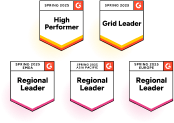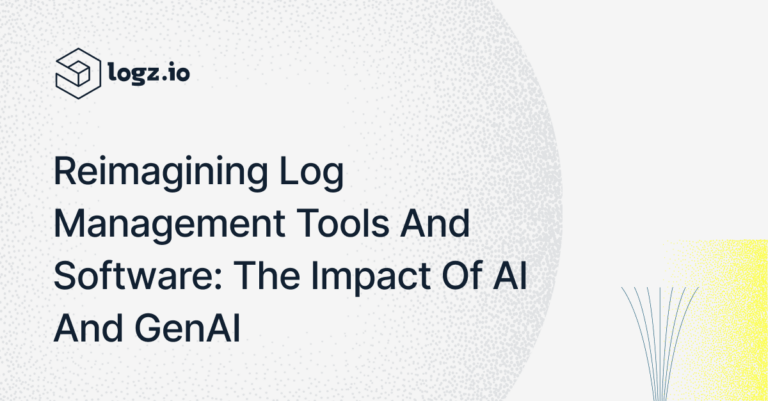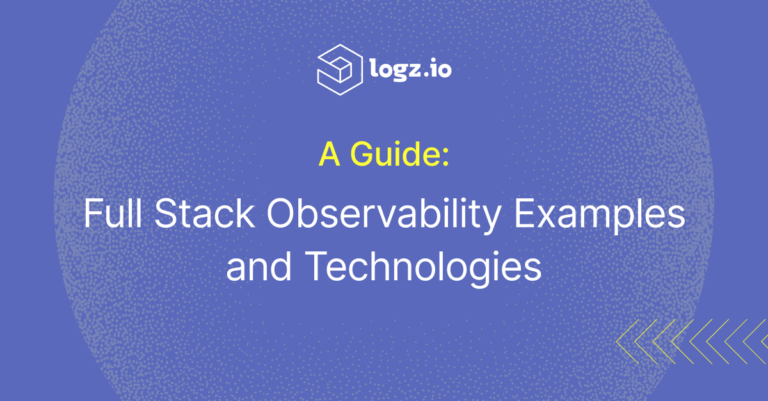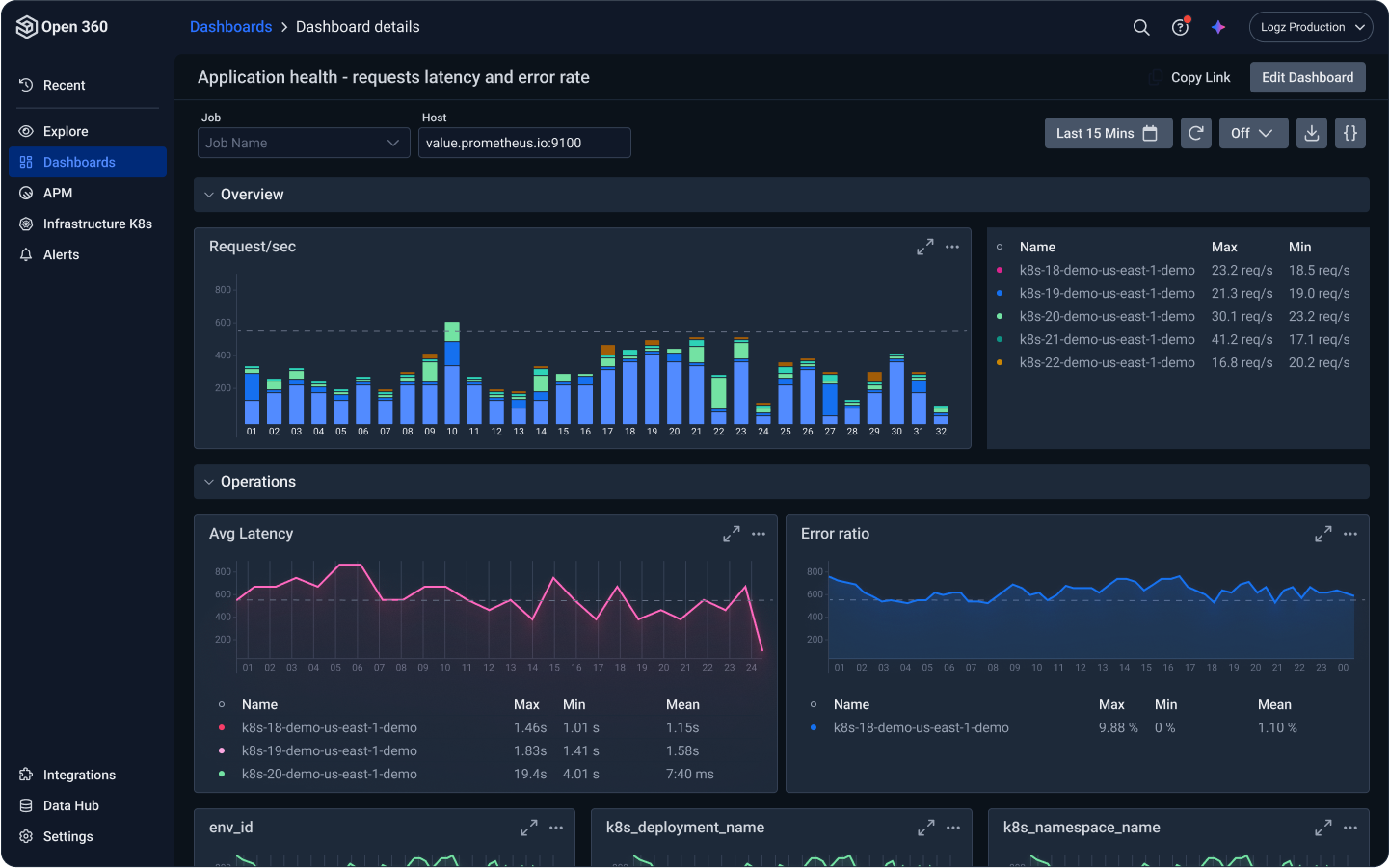
Top 9 LLM Observability Tools in 2025
October 8, 2025
💡 Key Takeaways
- LLM observability keeps GenAI apps accurate, fast, secure, and cost-efficient.
- Look for tools that measure LLMs, RAG and agents through end-to-end traces, output quality by LLM-as-Judge and human evals, and correlations across quality, latency, and cost.
- There are multiple tools available, both open-source and commercial/hosted.
- Choose based on your AI workloads, retention requirements and model needs, and ensure OTEL compliance, security and cost-efficiency.
Why LLM Observability Tools Are Essential In 2025
Organizations are adding GenAI to their current and future architectures and product roadmaps, requiring Ops teams to ensure LLMs are accurate, fast, secure and cost-efficient.
LLM observability tools directly addresses these needs, helping identify and prevent common LLM errors and issues:
- Hallucinations and poor grounding
- Long or spiky latency under load
- Prompt injections and data leak risks
- Regulatory obligations on data retention and PII
- High operational costs from tokens, embeddings, retrieval, and agents calling tools.
LLM observability provides the telemetry data for this analysis. LLM observability tools trace requests end-to-end, evaluate outputs, and correlate quality with latency, cost, prompts, tools, and data sources.
9 LLM Observability Tools for Enterprise AI Performance Tracking
The LLM observability landscape is booming with tools that DevOps and data engineering teams can use to monitor and evaluate their LLMs. The ecosystem is constantly changing, and tools are adding new capabilities at record speed as technology develops and user requirements become clearer and maturer.
As of now, it seems that users and teams are taking their first steps with these tools, attempting to figure out when and how to use them and which one is right for which use cases. Below, we bring some of the top LLM observability tools and LLM monitoring tools in use today:
1. Langfuse
An open-source LLM engineering and observability platform for tracing, evals, prompt management and metrics. Offers advanced pricing tiers for cloud hosting options.
Considered by users as a good starting point, but with limited capabilities.
Key features and strengths:
- LLM Tracing: Captures inputs, outputs, tool usage, retries, latencies and costs.
- Prompt Management: Prompt creation, versioning and deployment.
- Evaluation: Online and offline evaluation, scoring through LLM-as-a-Judge, human annotations and custom scoring, and experiment support.
- Human Annotation: Manual evaluation to annotate traces, sessions and observations with scores.
- Datasets: Datasets for application testing. UI-based and SDK-based datasets are supported.
- Metrics: Metrics tracking, can be sliced and diced through dashboards and APIs.
- LLM Playground: Enables testing and iterating on prompts, to see how different models respond.
Notable integrations:
- Python SDK
- JS/TS SDK
- OpenAI SDK
- Langchain
- Llama-Index
- Litellm
- Dify
- Flowise
- Langflow
- Vercel AI SDK
- Instructor
- APIs
2. Arize Phoenix
Open-source observability and evaluation for experimentation and troubleshooting, built on OTEL.
Key features and strengths:
- Application Tracing: Manual or automated LLM app data collection.
- Prompt Playground: Sandbox for model iteration on prompts, enables visualizing outputs and debugging failures.
- Evaluations and Annotations: An eval library with pre-built templates that can be customized. Human feedback can also be added.
- Dataset Clustering and Visualization – Discovery of similar questions, document chunks, and responses with embeddings.
Notable integrations:
- Tracing – E.g. OpenAI, LangChain, Vercel AI SDK, Amazon Bedrock, Hugging Face smolagents
- Eval Model – E.g. OpenAI, Anthropic, Google VertexAI, Mistral
- Eval Library – E.g. Ragas, Cleanlab
3. LangSmith
Hosted platform from LangChain focused on tracing, prompt versioning, and evaluations. OTEL-compliant.
Key features and strengths:
- Agent Observability: Tracing for debugging agents and understanding LLM app behavior.
- Evaluations: Saves production traces to datasets, scores performance with LLM-as-Judge evaluators, gathers human feedback to assess response relevance, correctness, harmfulness.
- Prompt Experimentation: A Playground for comparing models and prompts experiments across versions. Collaboration available through the Prompt Canvas UI.
- Monitoring: Tracking costs, latency, and response quality with live dashboards, alerting and RCA.
Notable integrations:
An API-first platform, SDKs for Python and JS/TS and OTEL support.
4. W&B Weave
Weights & Biases’ framework for LLM experimentation, tracing, and evaluation. Supports observability for agents.
Considered an excellent tool by users.
Key features and strengths:
- Visual comparisons
- Automated versioning of datasets, code and scorers
- Playground for prompt iteration with a chat interface
- Leaderboards for top performing models
- Trace trees for debugging
- Online evaluations and scoring
- Scoring through pre-built scorers, human feedback, or third-party scorers
- Guardrails and checks
Notable integrations:
Support for any LLM and framework.
5. Helicone
Logging, monitoring and analytics for LLMs and agents.
Recommended by users for large-scale or cloud projects, not dev or self-hosted.
Key features and strengths:
- One-line proxy integration
- Routing for cost/speed/accuracy
- Multi-step visualization and unified visibility
- Real-time logging
- Prompt version tracking
- Token-level cost analysis
Notable integrations:
- OpenAI
- Anthropic
- Gemini
- OpenRouter
- Vercel AI SDK
- TogetherAI
- AWS Bedrock
- LangChain
- Groq
- LiteLLM
- Azure OpenAI
6. Traceloop OpenLLMetry
Open-source observability solution for LLMs, based on OpenTelemetry.
Key features and strengths:
- Traces built on top of OpenTelemetry
- Export to any observability stack.
- Annotations for workflows, tasks, agents and tools
- Versioning of workflows and prompts
- User feedback tracking
Notable integrations:
- LLM Foundation Models: Azure OpenAI, Aleph Alpha, Anthropic, Amazon Bedrock, Amazon SagemMaker, Cohere, IBM watsonx, Gemini, VertexAI, Groq, Mistral, Ollama, OpenAI, Replicate, together.ai, HuggingFace Transformers, WRITER.
- Vector DBs: Chroma DB, Elasticsearch, LanceDB, Marqo, Milvus, pqvector, Pinecone, Qdrant, Weaviate
- Frameworks: Burr, CrewAI, Haystack, Langchain, LlamaIndex, OpenAI agents
7. TruLens
Open-source library (acquired by Snowflake) for evaluating and tracing LLM agents, RAG systems, summarization and co-pilots.
Key features and strengths:
- Feedback functions library: groundedness, context relevance, coherence, language mismatch, and more
- Iterations on prompts and hyperparameters
- Metrics leaderboard to compare prompts
Notable integrations:
- LangChain
- LangGraph
- LlamaIndex
- Snowflake
- OTEL (compatibility)
8. Evidently AI
Evaluation and observability platform built atop the Evidently open-source library. Focuses on testing and monitoring for quality and safety.
Key features and strengths:
- Automated Evaluation: Accuracy, safety and quality measurement
- Evaluation reports for collaboration and drilling in to
- Synthetic data creation
- Continuous testing
- Automated grading
- 100+ metrics built-in
- Adversarial testing
- Evals for RAG, agents and predictive systems
- Private cloud deployment for enterprises
Notable integrations:
- GitHub Actions
- LLM providers: OpenAI, Gemini, Google Vertex, Mistral, Ollama
- Grafana
9. Galileo
Automated observability and evaluation platform for LLM accuracy, safety, and performance.
Key features and strengths:
- Out-of-the box evaluators for RAG, agent, safety, and security, or ability to create evaluators
- Guardrail enforcement
- Unit testing and CI/CD for AI
- LLM behavior analysis for troubleshooting and debugging in production
- Flexible deployments
- Dashboards for trends analysis and alerting
- Proprietary models: Luna
Notable integrations:
- LLMs: Azure OpenAI, OpenAI, WRITER, Google Vertex, AWS Bedrock, AWS Sagemaker, other models through Langchain
- Langchain
- Databricks
How to Choose the Right LLM Observability Tool
GenAI is a new space, which means it’s filled with marketing hype and engineering teams are still scrambling to learn the best practices to implement AI or develop AI tools. Therefore, when choosing an LLM observability tool, it’s important to dig deep into capabilities and use cases, and make sure it can address your specific needs:
Requirement #1: Support for the AI Workloads You Need to Monitor
Start by mapping the AI workloads you’re deploying. Different workloads stress different parts of the stack and require different types of monitoring.
For example:
- A RAG pipeline requires tracking retrieval quality and grounding
- Multi-agent workflows require visibility into tool calls, branching decisions, and inter-agent handoffs
- High-volume chat applications require latency monitoring, concurrency handling, and token cost tracking.
Requirement #2: Capacity for Your Retention Requirements
Check how many events you’ll need to capture based on token volume. If your workloads run into billions of tokens per month, expect millions of observability events. This requires tools with high ingestion capacity and extended retention to support long-term analysis.
If you don’t operate at that scale, lighter platforms may be enough. However, you’ll still need long-term analysis to monitor quality trends over time.
If you’re using an open-source platform, factor this need into your on-premises hosting.
Requirement #3: Multi-Model and Framework Compatibility
Modularity is key in AI pipelines, as teams use different models and different tools for different tasks. Observability must unify these without fragmenting visibility. Ensure coverage for:
- Major APIs: OpenAI, Anthropic, Bedrock, Vertex AI
- Frameworks and agents: LangChain, LangGraph, LlamaIndex, CrewAI
- Open standards: Tools built on OpenTelemetry provide long-term flexibility, since traces can flow into existing backends, consolidating AI telemetry with infrastructure monitoring
Requirement #4: Output Quality Evaluation
GenAI monitoring goes beyond latency and costs and covers quality and trustworthiness. Look for:
- Support for reference-free metrics such as groundedness, context relevance, and answer relevance
- Ground-truth testing where you can compare outputs against expected results
- Human review loops for high-stakes workflows.
Requirement #5: Agent Visibility
Multi-agent workflows require more than simple traces. Look for tools that visualize agent execution flows step by step. This makes it easier to pinpoint failure points
Requirement #6: Security and Compliance
Security and compliance are table stakes in 2025. Controls to look for:
- Encryption in transit and at rest
- Strong access controls (SSO/SAML)
- Compliance certifications like SOC 2 or ISO 27001
- Regional data residency options
- PII redaction
- Prompt injection blocking
- Audit trails of prompts and outputs
Requirement #7: Cost Optimization
Storing prompts, completions, embeddings, and traces requires heavy resources, especially at enterprise volume. Look for tools that track token usage, cache hits, and routing decisions.
You should also weigh the total cost of ownership of open-source/self-hosted tools versus SaaS convenience.
- For open-source, factor in hidden costs such as storage, egress, and compliance overhead.
- On the other hand, a cheaper SaaS plan might become expensive at scale if it charges by token volume.
Requirement #8: Operational Fit
Finally, consider how well the tool integrates into your existing workflows and monitoring culture. For example, a strong observability tool should integrate with your CI/CD process, enabling pre-release evaluations that gate deployments if quality thresholds aren’t met. This ensures that regressions are caught before reaching production.
FAQs
What types of metrics should be tracked with LLM observability tools?
Latency throughput, error rates, token usage, groundedness, relevance to the prompt, hallucination rate, toxicity/bias indicators, user satisfaction scores, spend per query, wasted tokens from oversized context windows, unnecessary tool/API calls. These metrics help teams balance performance, accuracy, safety, and cost in production.
How do these tools integrate with enterprise security and compliance requirements?
They log and redact sensitive information to comply with GDPR, HIPAA, or SOC2, support encryption in transit and at rest, support RBAC, enable audit trails, and integrate with SIEMs.
What’s the difference between LLM monitoring and traditional AI monitoring?
Traditional AI monitoring has focused on metrics like model drift, accuracy against ground truth, and input data quality. LLM monitoring deals with LLM outputs, which are dynamic and context-driven. This means ground truth often doesn’t exist. So teams must evaluate coherence, grounding, and harmful content. Complexity. In addition, LLMs often operate in multi-agent chains with external tool calls, APIs, and retrieval systems, so monitoring extends beyond a single model to the orchestration layer.







